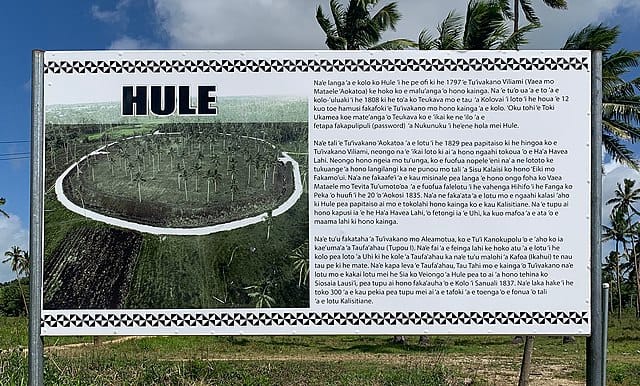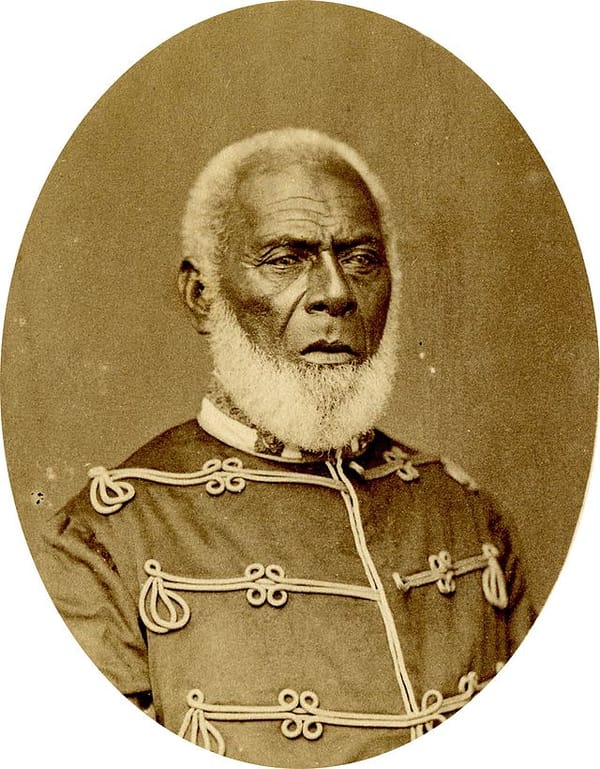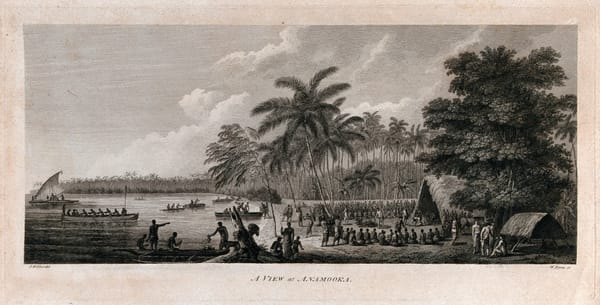The Epic Saga of Kolotau ‘o Hule: A Tale of Faith, Fortitude, and Transformation

In the twilight years of the 18th century, the resilient spirit of the Tongan people found its embodiment in the creation of Kolotau ‘o Hule, a fortress constructed in 1797 by the visionary chief Tu’ivakanō Vaea-mo-Mataele-‘Aokātoa of Nukunuku. Little did he know that this fort, built for the protection of his people, would become the stage for a captivating and tumultuous saga.
The first test of Hule's strength came in 1808 when the indomitable warrior Teukava from the village of Kolovai sought to overpower it. In a dramatic turn of events, Tu’ivakanō orchestrated a swift and strategic victory within twelve hours, reclaiming the fort and etching his name into the annals of Tongan history. The details of this gripping encounter were later chronicled by William Mariner, a teenage English castaway adopted into Tongan royalty in 1806, who recounted Teukava's downfall at the hands of a secret code used by the people of Nukunuku during their escapes.
Tu’ivakanō Vaea-mo-Mataele-‘Aokātoa's legacy extended beyond military prowess. In 1829, against the wishes of his clan, the Ha’a Havea Lahi, and his brothers, he embraced Christianity, becoming the first chief in all of Tongatapu to do so. Baptized as Viliami, the Tongan variant of 'William,' he ushered in a new era by inviting missionaries into Nukunuku. His sons, Vaea Mataele and Tevita Tu’umoto’oa, erected the first Christian church on the Western side of Tongatapu at Fanga ko Peka, a symbol of the profound changes sweeping through the region. The church's inauguration on August 20, 1835, marked a pivotal moment in the cultural and spiritual transformation of Nukunuku.
However, Tu’ivakanō Viliami's commitment to Christianity ignited discord within his clan. The Ha’a Havea Lahi, resentful of the changes, exiled him from Nukunuku, replacing him with Uhi, who assumed the title Tu’ivakanō. Undeterred, Tu’ivakanō Viliami stood alongside Aleamotu’a and Taufa’āhau in their mission to spread Christianity, advocating for the teachings in Nukunuku.
As tensions escalated, Taufa’āhau, later known as Tupou I, and his warriors, along with the converted people of Nukunuku and Kolomotu’a, surrounded the fort. In a tragic twist, the battle resulted in the death of Taufa’āhau’s brother, Siosaia Lauaki, compelling Taufa’āhau to order the complete destruction of Kolotau ‘o Hule in January 1837. The ensuing conflict saw approximately 300 casualties, forcing the remaining inhabitants to surrender and embrace Christianity.
The tale of Kolotau ‘o Hule is a riveting narrative of faith, resilience, and the transformative power of belief, woven into the rich tapestry of Tongan history. It stands as a testament to the enduring spirit of a people who navigated the turbulent currents of change, leaving an indelible mark on the landscape of their cultural heritage.




